Discovery: In 1922, British archaeologist Howard Carter discovered the tomb of Tutankhamun in the Valley of the Kings, near Luxor, Egypt. The tomb had remained relatively undisturbed for over 3,000 years, making it one of the most significant archaeological finds of the 20th century.

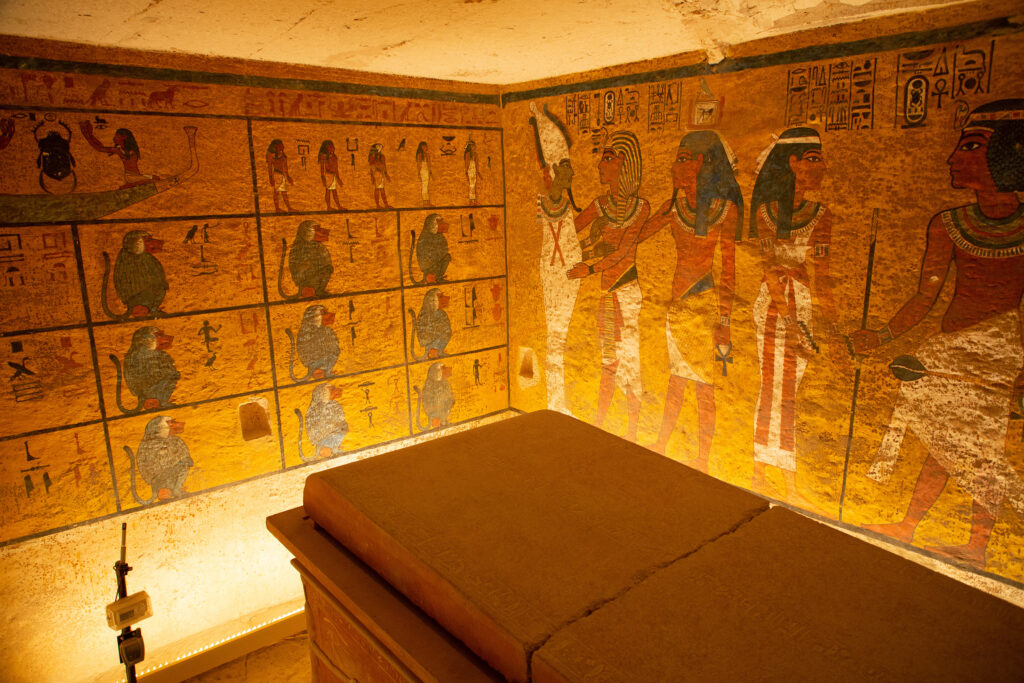
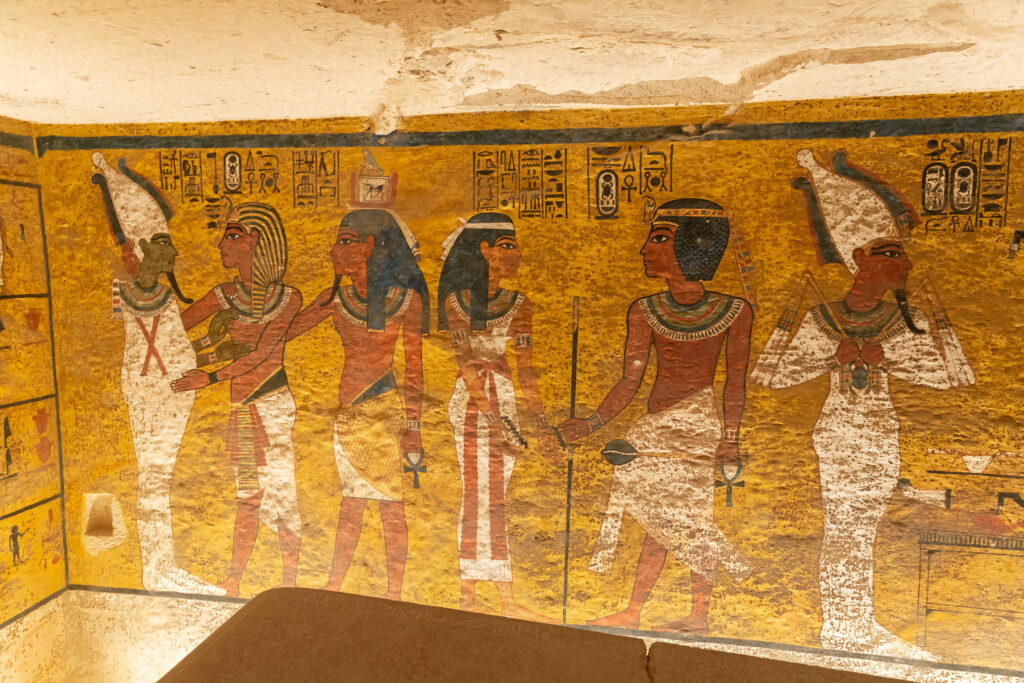


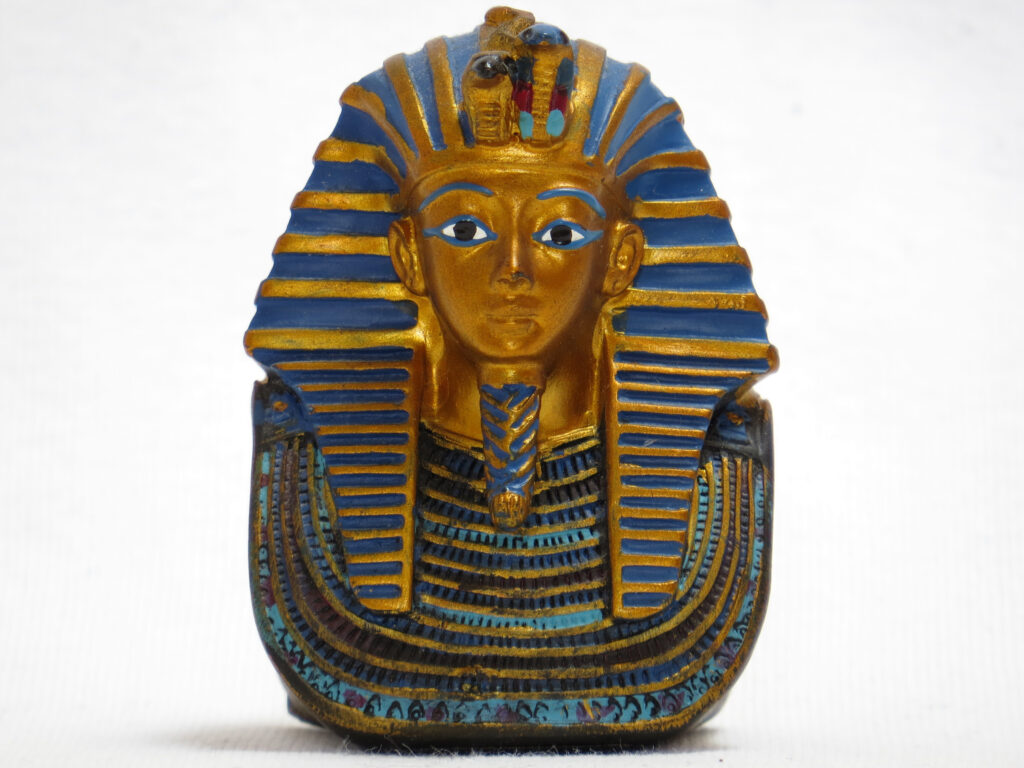
Curse of the Pharaohs: The discovery of Tutankhamun’s tomb sparked rumors of a curse, commonly referred to as the “Curse of the Pharaohs.” According to legend, those who entered the tomb would suffer misfortune or death. Several members of the expedition team and others associated with the discovery did, in fact, experience untimely deaths or mysterious illnesses, fueling speculation about the curse’s validity.
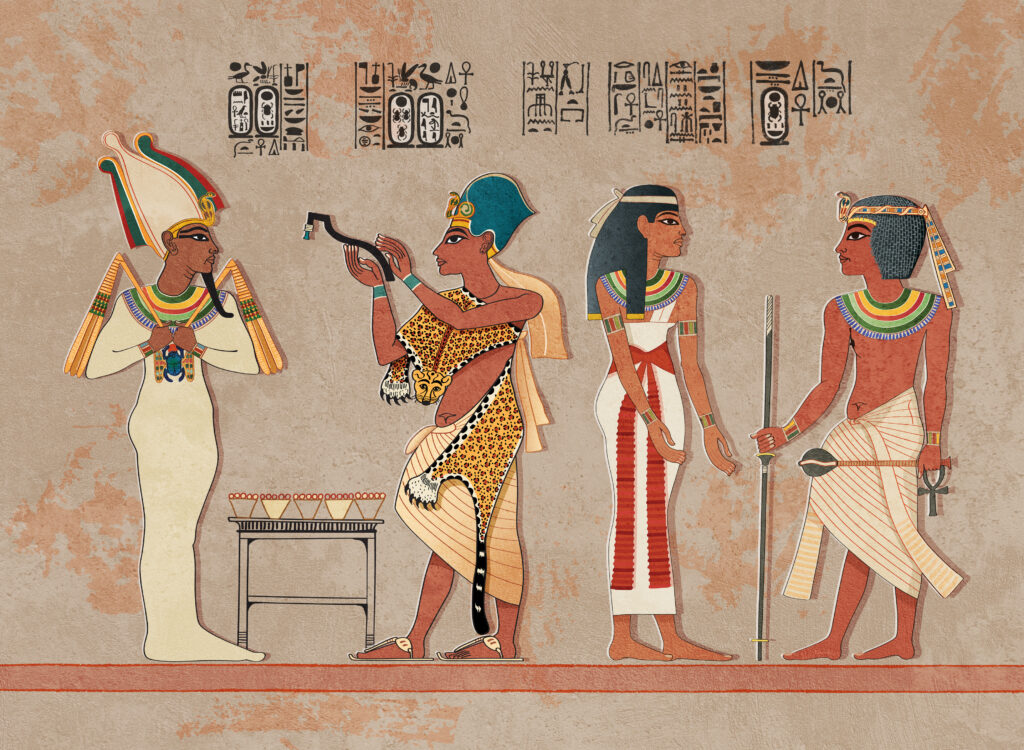
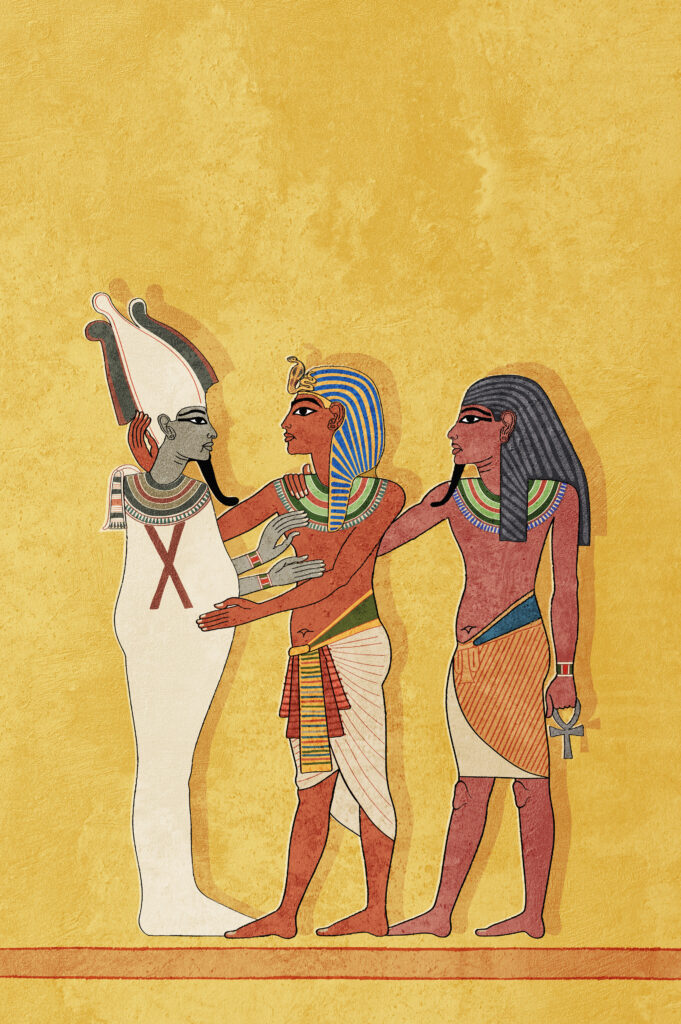

Contents: Tutankhamun’s tomb contained a vast array of treasures, including jewelry, statues, furniture, and other artifacts. The most famous artifact found in the tomb is the golden death mask of Tutankhamun, which has become an iconic symbol of ancient Egypt.
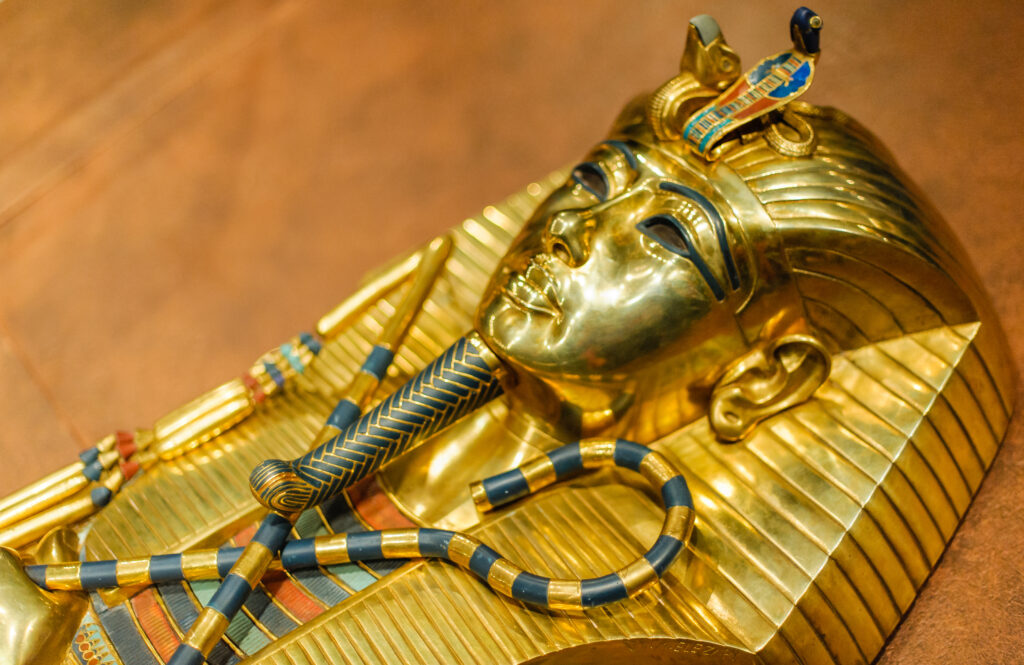

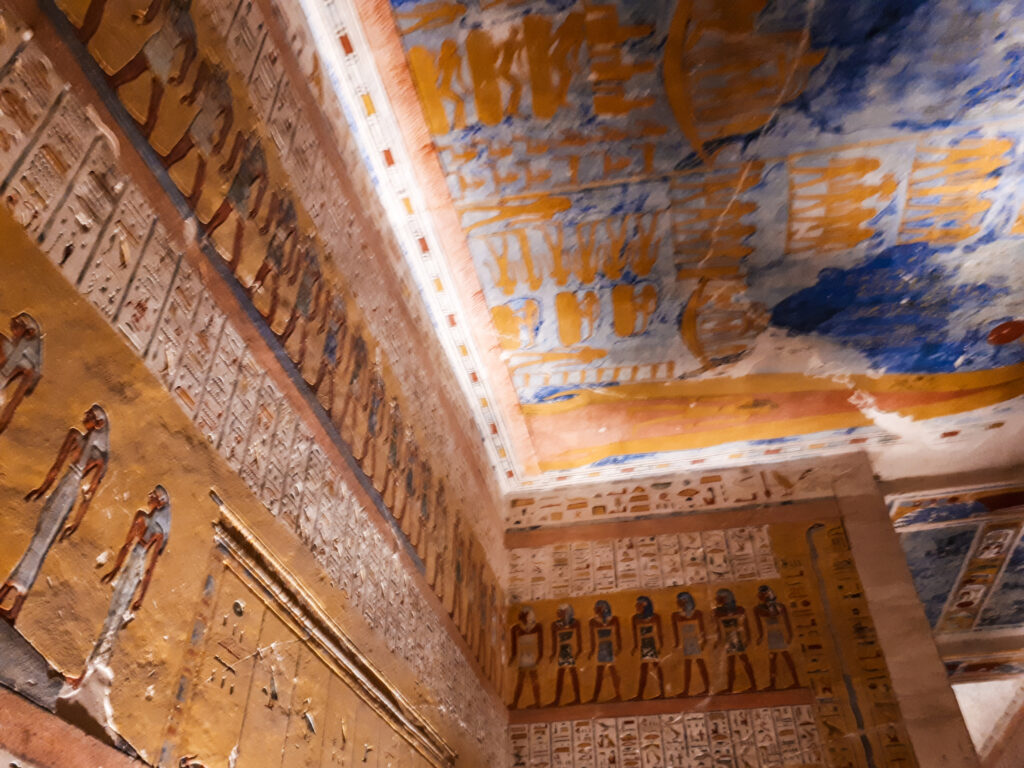

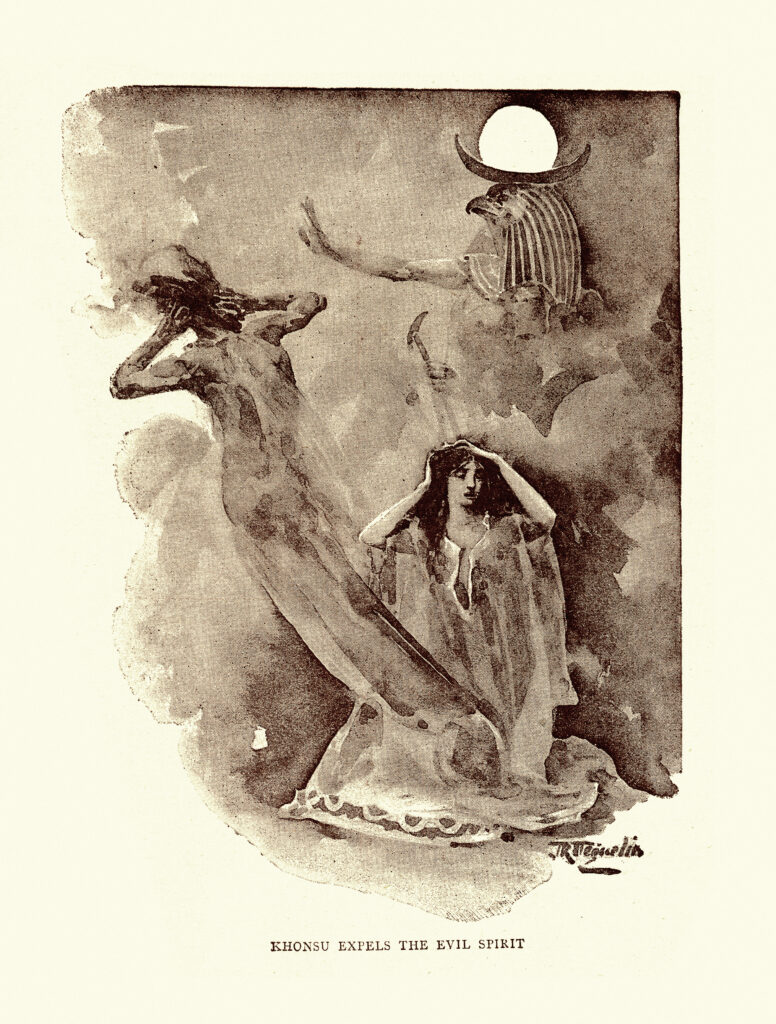
Mysterious Deaths: While some of the deaths attributed to the curse can be explained by natural causes or coincidence, they contributed to the allure of the mystery surrounding the tomb. However, modern scholars generally dismiss the idea of a supernatural curse and attribute the deaths to factors such as bacterial infections, accidents, or pre-existing health conditions.
Scientific Investigations: Despite the initial excitement surrounding the discovery, subsequent scientific investigations have shed light on the life and death of Tutankhamun. DNA analysis has revealed familial relationships among mummies, providing insights into the royal lineage of ancient Egypt. CT scans and other imaging techniques have allowed researchers to study the mummies and artifacts in greater detail without disturbing them.
Legacy: The discovery of Tutankhamun’s tomb remains a significant event in the history of archaeology and Egyptology. It has provided valuable insights into the life, death, and burial practices of ancient Egyptians and has inspired countless books, documentaries, and exhibitions.
Find places and hotels in Egypt.
Find more Africa gems.
